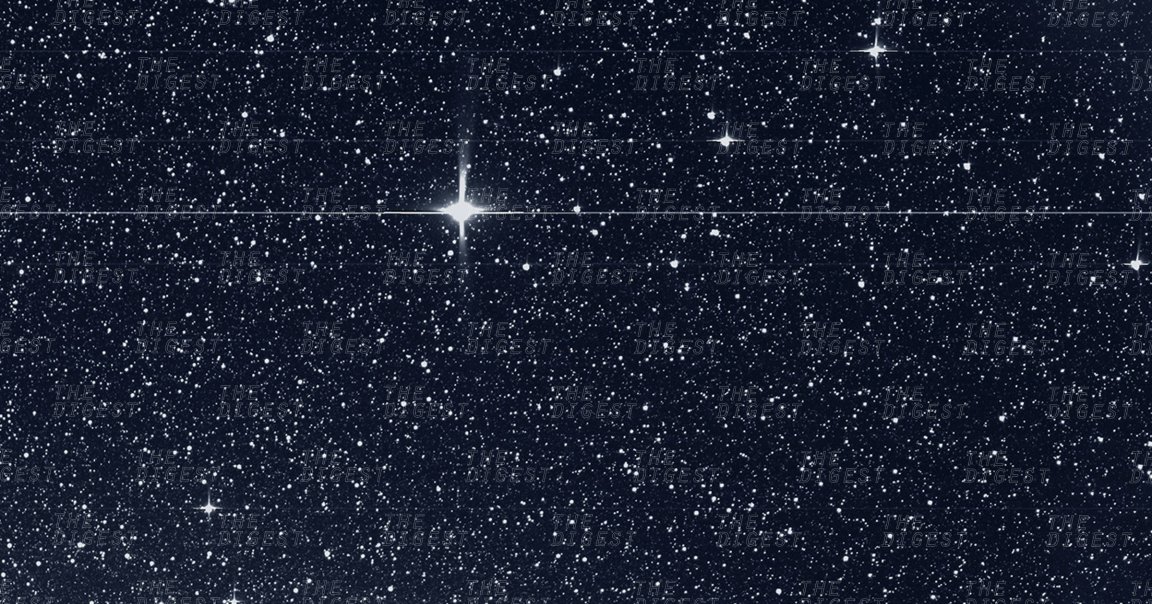
FIRST LIGHT
In April, NASA launched its Transiting Exoplanet Survey Satellite (TESS). Its goal: to help researchers hunt for potentially habitable exoplanets.
Now, five months later, TESS is already delivering on that promise — the satellite just transmitted its first photo to Earth.
On August 7, the satellite fixed all four of its wide-field cameras on a swath of the southern sky for 30 minutes. On Monday, NASA shared the image produced by this effort via a news release.
Can you spot the bits of a dozen constellations, a pair of dwarf galaxies, and a grouping of hundreds of thousands of stars known as a globular cluster?

ON THE HUNT
The satellite’s ultimate goal, though, is to find exoplanets. It makes good on that effort, too; the image contains more than a dozen stars previously known to host transiting planets —planets that pass between the star and the satellite.
The satellite can record slight dips in the star’s brightness and use the information to determine the exoplanet’s mass, density, size, and atmosphere.
“In a sea of stars brimming with new worlds, TESS is casting a wide net and will haul in a bounty of promising planets for further study,” Paul Hertz, NASA’s astrophysics division director, said in the release. “This first light science image shows the capabilities of TESS’ cameras, and shows that the mission will realize its incredible potential in our search for another Earth.”
NASA’s planet-hunting satellite will remain in action for at least another two years, so hopefully, this first image is really just the first of many.
READ MORE: NASA’s TESS Shares First Science Image in Hunt to Find New Worlds [NASA]
More on TESS: NASA’s TESS Spacecraft Is Searching Space for Earth-Like Planets